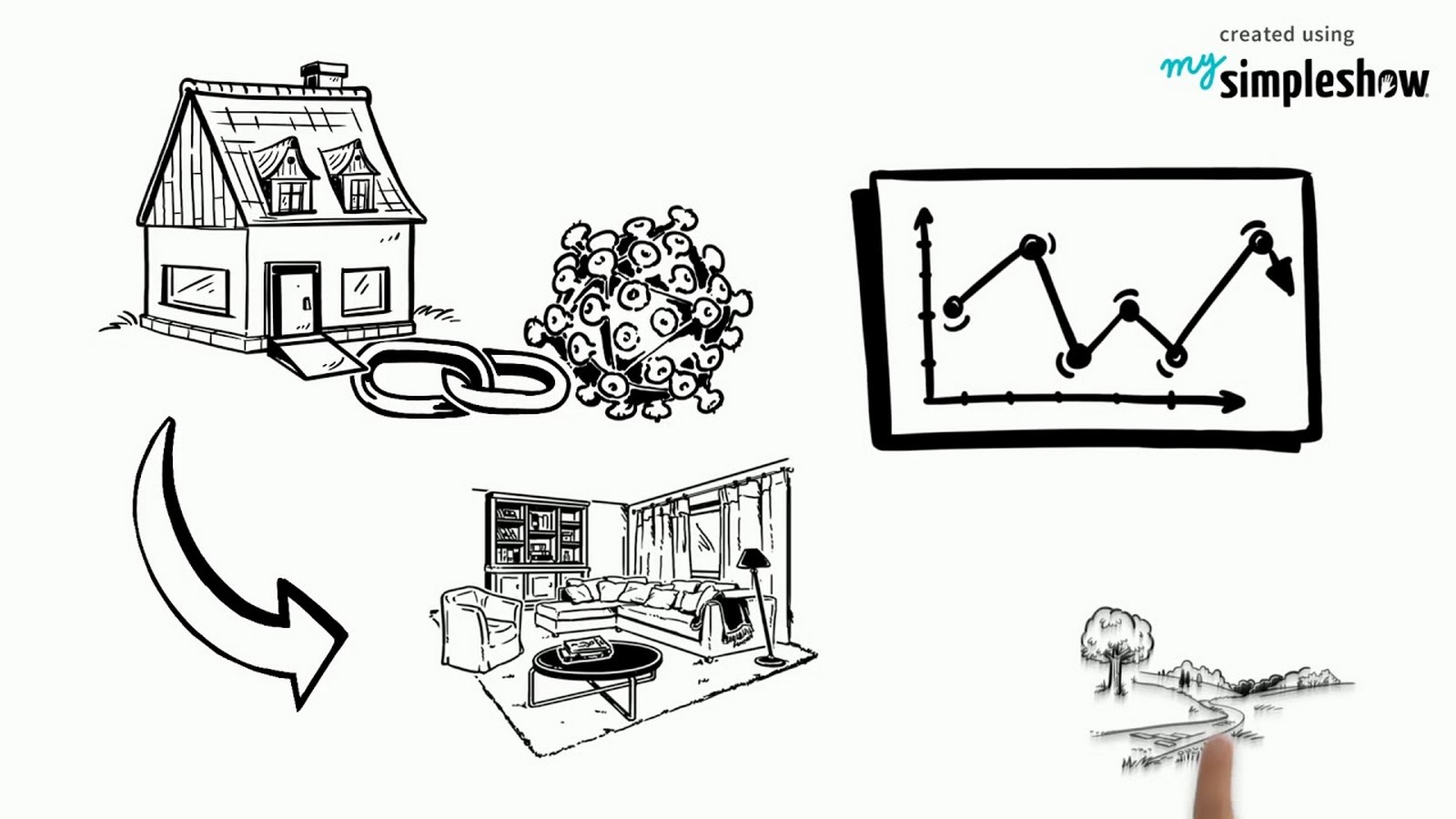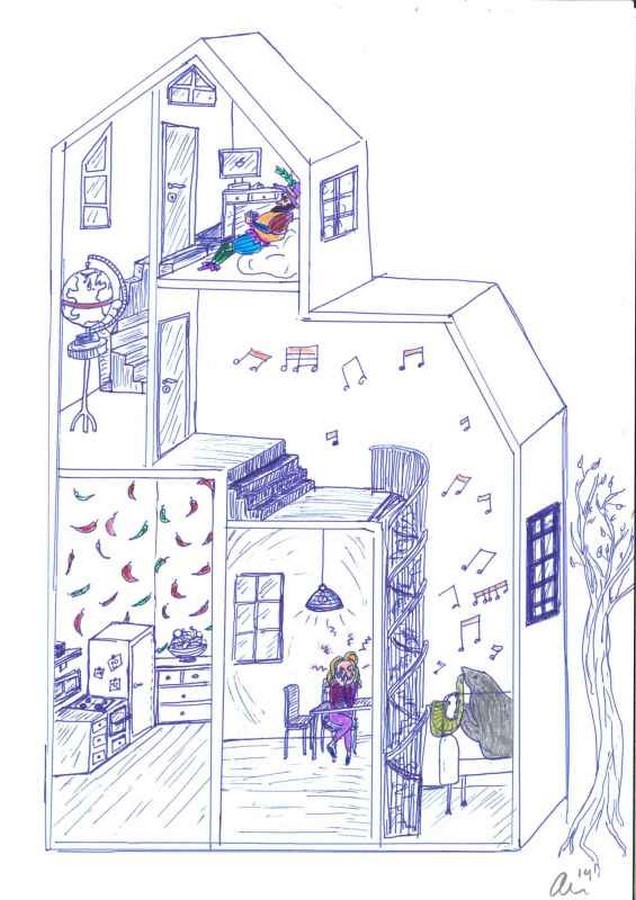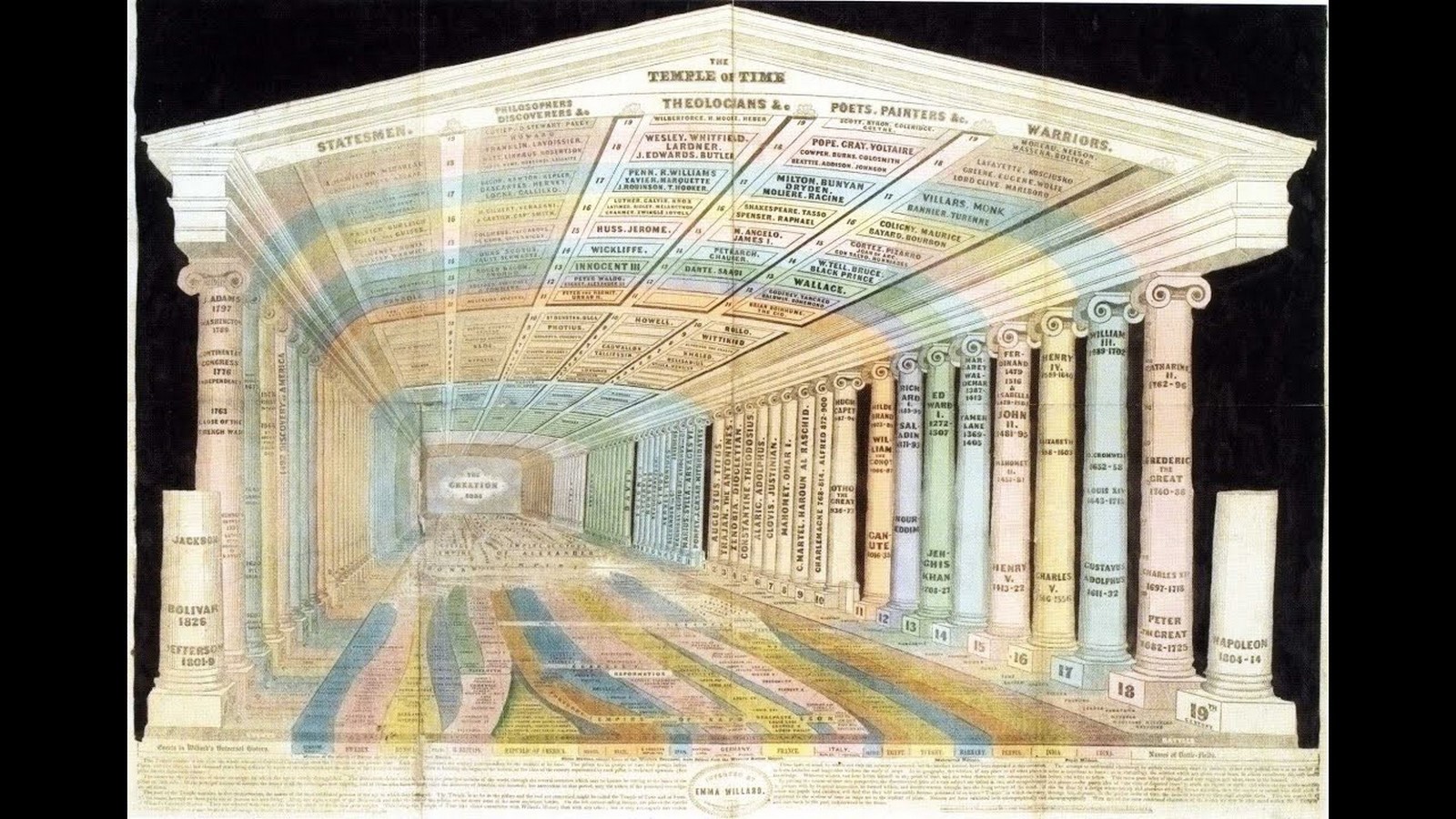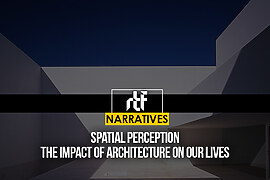Whenever you walk down your ‘memory lane’, do you think about who built it? What is the relation between architecture and memory and where does it come from?
In architectural vocabulary, the difference between a ‘site’ and a ‘place’ is experiential. The expanse of the Earth is filled with varied ‘spaces’ all of which are sites but touched by the memory of a person and grasped by their experience, it becomes a place. Memories play an important role in shaping our experience with our environment. And the environment, in turn, helps shape and build our memories.

It is a symbiotic relationship between architecture and memory. Interventions at a site act like anchor points for our memories. Human identity finds meaning in their history; for a person, their history is integral to their present. This tells us a lot about our fascination with heritage and historic structures, and our tendency to conserve them. The power of architecture to influence memories is what gives our ancestral homes the character of familiarity and comfort, and also where memorial architecture finds its roots.
As kids, all of us have roamed around places aimlessly, just for fun, rebuilding those places inside our minds as memories and experiences. The presence of memories, in turn, is essential to the existence of a ‘place’. Good places are those which attract and hold on to memories, they are “magnetic”, in the words of Donlyn Lyndon, Professor of Architecture at UC Berkeley.

This feature of places, buildings, and structures to hold memories is more innate than we think, and very useful if we learn to bring it from our unconscious or subconscious to the conscious mind. The character of Sherlock Holmes from BBC’s ‘Sherlock’ stores all his memories in his ‘mind palace’- a physical location where memories are stored like objects in a room. Joshua Foer, US Memory Championship of 2006, elaborated on this method in his book Moonwalking with Einstein. He explained how he trained for the championship and memorized a long list of words, a poem, a set of faces, or a deck of cards by fusing them to a familiar place in his mind. This technique has its roots in a memory-enhancing method of loci- a mnemonic device of Roman origins where a series of things are woven into different elements of a narrative, describing a journey through space.

To use this technique, you have to choose a place which is accentuated in your mind more than the others, e.g. a familiar place like your childhood home or neighborhood. Different components of your imagined place like the rooms of the house or different houses in a neighborhood then become containers of bits of information using the minds characteristic of holding on to visuals. You can then recall the items in the order you walk through this space. Give it a try for your next History of Architecture Exam, or a design jury, or a client presentation!

But it is not necessary that your ‘mind palace’ is based on a real place. According to the research from Jeremy Caplan at the University of Alberta, Canada, people who placed their memories into completely new structures that they explored for five minutes virtually, on a computer screen, performed as well as others using the method of loci in structures familiar to them. You can start building your mind palace from scratch and design a place in your mind to store bits of information that you need to remember. Just make sure you save it in a manner that it is easy to recall the space when needed.

Architecture has a great influence over memory, but does this relation hold good the other way round? Christopher Nolan’s Inception underlines the idea of sharing someone’s dream world and being able to alter their dream reality. Dominick Cobb, one of the ‘extractors’ in the movie, assigns the task of designing a ‘dream labyrinth’ to architecture student Ariadne. But creating worlds in one’s dreams based on one’s memories and experiences can start from early childhood.


A ‘Paracosm’ is a fictional world created by an individual or a group of individuals over time, starting from their childhood. JRR Tolkien’s ‘Lord of the Rings’ was his childhood paracosm which he developed into a sensational series of novels. The term ‘Paracosm’ was first used in the mid-1970s by Stephen A. Mackeith and Robert Silvey, two psychiatrists from England, and has gripped the field of psychology since then. The ability to create Paracosms provides insights into the creative ability and potential of a child.
As architects, the decisions related to spatial planning and construction are indirectly influenced by our unconscious and subconscious thoughts. What is the scope, if the impact of memory and thoughts on architecture becomes more direct; when they travel to the conscious mind and reshape the surroundings? Maybe soon it will be possible to manifest spaces in the virtual world and then translate that into spatial realities. Or maybe structures respond to the thoughts of the user and adjust themselves accordingly. The link between Architecture and Memory shall continue to be explored and discover more possibilities!

















